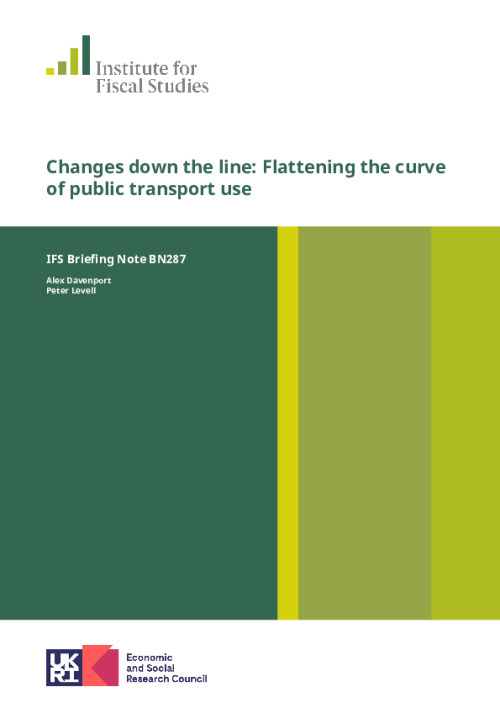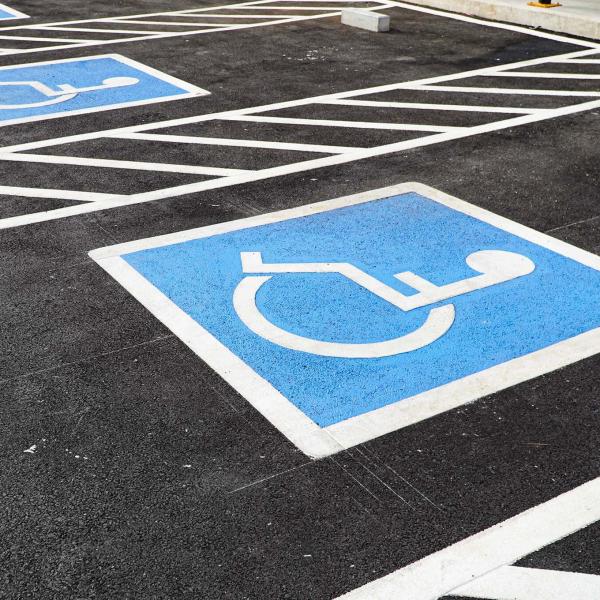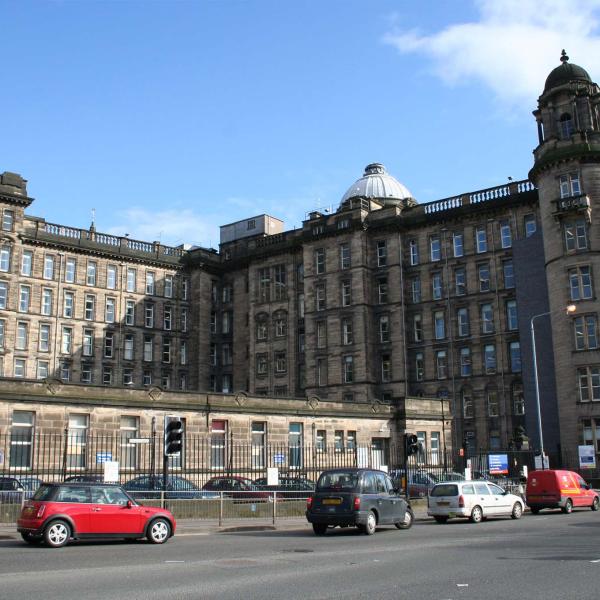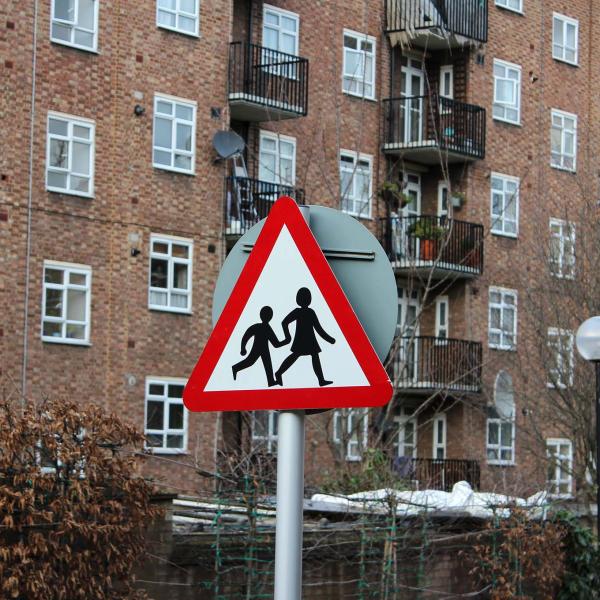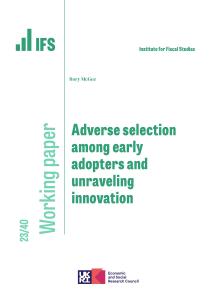Social distancing measures are likely to be with us for some time. Even as lockdown eases, and the economy reopens, there will be changes to both the way we work and the ways we get to work.
This is particularly true for those who commute using public transport; if people using public transport must remain 2 metres apart, there will be far less capacity than in normal times. For example, rail companies have suggested that capacity on trains may be reduced by 70–90% if social distancing is enforced, and Transport for London has said that, even if all services are operating, capacity on London’s bus and tube network will only be 13–15% of what it is normally.
This report looks at normal (pre-lockdown) commuting patterns, what they tell us about who would be affected by continued social distancing on public transport, and what they tell us about how policy can ease public transport congestion in a world of continued social distancing. Our main findings are:
- Commuting to work via public transport is less common than other means of getting to work but particularly important in certain parts of the country – especially London. 14% of the workforce use public transport to get to work in the UK, and 49% of workers living in London. However, the nature of jobs in London means that workers there are on average more able to work from home than workers in the rest of the country.
- Those less able to work from home are much more likely to have taken the bus to work, particularly in London. 22% of workers in London who are less able to work from home took the bus to work, compared with just 9% of those more able to work from home. Workers who were more able to work from home were, by contrast, much more likely to take the train or tube.
- Compared with other forms of commuting, public transport use is much more concentrated at particular times, especially in London and the South East. Between 7:00 and 7:10am, those commuting via public transport accounted for 31% of all commuters in London and the South East. Between 8:20 and 8:30am (a peak commuting time), 44% of those commuting were using public transport. Encouraging workers to work different shifts or make use of other forms of transport will therefore be particularly important in London and other urban areas.
- Helpfully, workers who can work from home are much more likely to have been commuting on public transport at peak times before the lockdown. Encouraging home working is therefore likely to be disproportionately effective at reducing public transport congestion. Less helpfully from the perspective of easing congestion, ‘key workers’ who cannot work from home were just as likely to have been commuting on public transport at peak times as other workers before the lockdown.
- Younger workers are most reliant on public transport to get to work, with almost a fifth of those aged 16–24 using it compared with just 9% of workers aged 55 and over. The differences are starkest in London, where 63% of working young people commute by public transport compared with 40% of those aged 55 and over. Younger workers were also less likely to work in jobs that could be done from home before the lockdown. Previous work has highlighted how these workers were disproportionately affected by the shutdown of particular sectors, such as hospitality. These figures suggest there would be challenges in getting many younger workers back to work safely even if the businesses that employ them are allowed to reopen.
